
views
Steps

Choose your stain for the project. You have a choice of oil based, water based and gel stains. Each one has slightly different qualities that make it ideal for one wood but not another. An example of this is that some trees, such as teak and rosewood, have more natural oil in them than other woods such as oak or hickory. The oily wood will not take a water based stain as well as one of the less oily woods, so this has to be considered when choosing stains. The basic steps for staining veneer are the same but setting and waiting times are different for each of the stains, gel, oil and water.

Check the veneer carefully to see that it is smooth. Most mill sawn veneer and backed veneer will not need sanding. Mill sawn veneer is very thin, 1/42 inch (0.60 mm) and will not stand up to heavy sanding.

Sand carefully if necessary, starting with a 180 grit sandpaper and being sure to follow the direction of the wood grain. Stop and check frequently to avoid damaging the veneer.

Clean veneer thoroughly.

Stir stain vigorously before use and every 30 minutes while working. Test for correct color on a piece of scrap veneer or in an inconspicuous spot.
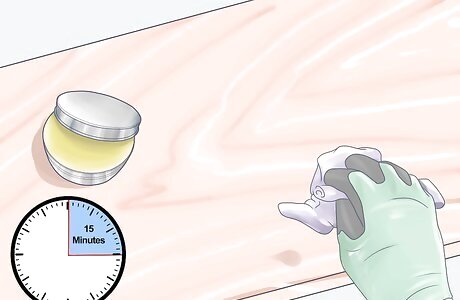
Brush on a wood conditioning product if your veneer is a soft or porous wood such as pine. Allow the conditioner to stand for 5 to 15 minutes, and wipe off with a clean rag. Do not wait more than 2 hours before applying gel stain.

Apply stain to veneer with a rag, soft bristle paint brush or a foam brush, following the wood grain. Allow it to set for 3 minutes and wipe off stain with a clean rag, again following the grain of the wood.

Allow to dry for 8 to 10 hours. If the color is not deep enough, apply additional coats in the same manner as the first until you have the desired look.

Allow to set up for 24 hours before applying a sealer if desired.
Oil Stain Veneer
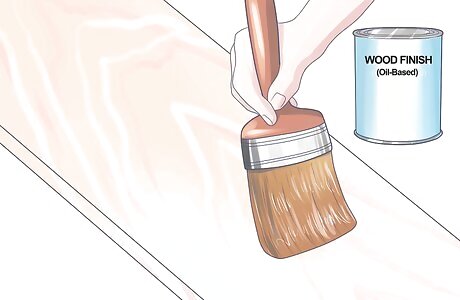
Apply oil stain with a cloth or soft bristle brush, following the grain of the wood. Wait 5 to 15 minutes to allow stain to penetrate the veneer, and then wipe off excess stain with a clean cloth, again following the grain of the wood.
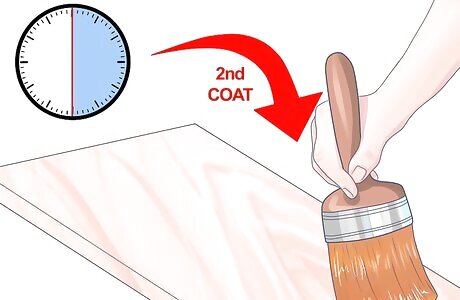
Apply second coat of stain, if needed, once the 1st coat has set up, usually 4 to 6 hours.
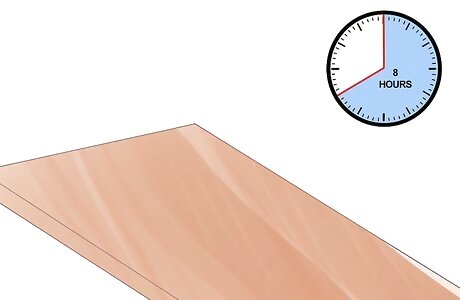
Allow to dry for 8 hours before applying a sealer if desired.
Water Stain Veneer
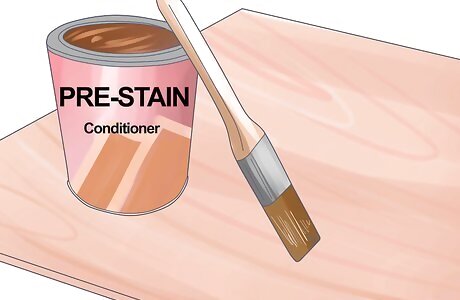
Apply a pre-stain conditioner and let it set up for 1 to 5 minutes. Conditioner is usually necessary when using a water based stain. Wipe off excess with a clean cloth.
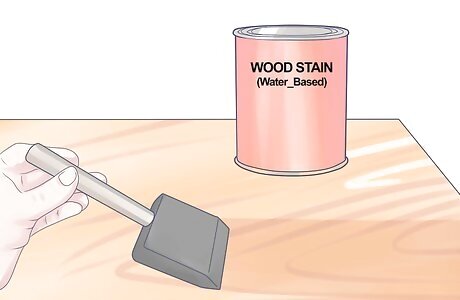
Apply water stain with a cloth, synthetic bristle brush, paint pad or foam brush, following the grain of the wood. Allow stain to penetrate for no more than 3 minutes before wiping off excess with clean cloth that is slightly dampened with the stain, again following the grain of the wood.
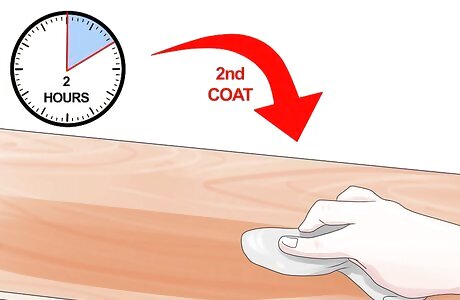
Apply second coat of stain, if needed, once the 1st coat has set up, usually 2 hours.

Wait at least 3 hours before applying a sealer coat if desired.



















Comments
0 comment